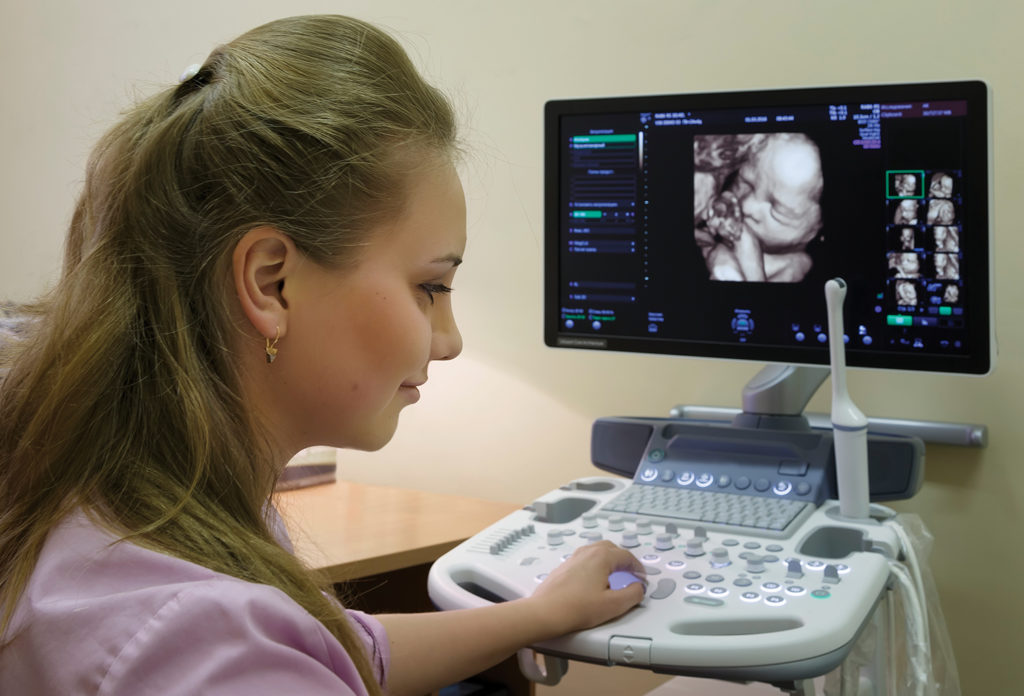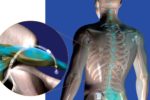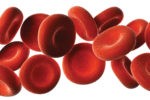Plus One

March is Trisomy Awareness Month
Awareness is a good thing. It leads to increased research and deeper knowledge. It also breaks down barriers, and helps us, humanity, to become more compassionate. Awareness campaigns can also help us realize how far we need to go and the gravity of importance in expanding our knowledge. March is Trisomy Awareness Month and we here at Healthy Kansas City are honored to be able to spend a moment celebrating the genuine advances surrounding Trisomy.
Understanding Trisomy
Most of us are born with 23 pairs of chromosomes. These chromosomes carry our tightly bundled DNA and other genetic building blocks. Of the 23 pairs of chromosomes, two are sex chromosomes that decide gender and 44 chromosomes that dictate other factors, such as growth and function. Nearly six thousand people each year, however, are born with an extra chromosome resulting in the chromosome disorder Trisomy, meaning “three bodies”.
Though Trisomy can occur with any chromosome and result in any of several Trisomies, you are likely most familiar with Trisomy 21, or Down syndrome, Trisomy 18 also called Edward syndrome, and Trisomy 13, Patau syndrome which are the most common forms of trisomy found in live births.
Named after John Langdon Down, the first physician to describe the syndrome systematically, Down syndrome is one of the most common disorders occurring in 1 in 691 live births in the United States every year, according to the Centers for Disease Control and Prevention. An error in cell division that results in the presence of an additional copy of chromosome 21 (Trisomy 21) or additional chromosomal 21 material causes the disorder. Down syndrome does not discriminate and occurs in all ethnic and economic groups causing mild to moderate intellectual and developmental disability as well as heart abnormalities, and other health conditions.
Edwards syndrome, or Trisomy 18, is a very rare but serious genetic condition seen in 1 in 5,000 live births, according to the CDC. Sadly, most babies born with this syndrome will die before or shortly after birth. Some babies are born with the less severe form of the disorder, such as Mosaic or partial Trisomy 18, and may survive into early adulthood.
Patau syndrome is less common and occurs in about 1 in 10,000 to 16,000 live births each year worldwide. Trisomy 13 is associated with more severe intellectual and developmental disability and multiple physical problems, including serious heart problems.

On the Brink of Discovery
In many ways, we are at the beginning of discovery concerning trisomy and other chromosomal conditions. Over the last decade, as awareness and discussions have increased, so has the funding that fuels research. The March of Dimes, for example, has invested over 15 million dollars in research in this area, and many others have done similarly.
Recent research has led to some amazing discoveries. In July of 2013, scientists at the University of Massachusetts Medical School showed proof-of-principle for silencing the extra chromosome responsible for Down syndrome. In their study, the scientists established that a naturally occurring X chromosome “off switch” can be rerouted to neutralize the extra chromosome responsible for causing trisomy 21. The discovery provides the first evidence that the underlying genetic defect responsible for Down syndrome can be suppressed in cells in culture. This discovery brings science closer to research in the reality of chromosome therapy.
Screenings and Weighty Issues
Most typically, diagnosing trisomy included screenings to determine the possibility or probability to diagnostic tests including chorionic villus sampling (CVS) and amniocentesis.
Recently, the development of more sensitive and specific molecular test methods has moved us closer to replacing invasive prenatal procedures that are currently needed to confirm certain chromosomal abnormalities with noninvasive ones.
The development of sensitive and accurate screenings is scientific progress, and progress should be made. However, the nuances of how we use knowledge are not always so cut-and-dry. In the case of trisomy screenings, we have the opportunity to look at other countries to help us guide our own futures.
In a CBS news report, “CBSN: On Assignment” titled “What Kind of Society do You Want to Live in?: Inside the Country Where Down syndrome is Disappearing” CBS News correspondent Elaine Quijano reported that Iceland reports having come close to eradicating Down syndrome.
Since prenatal screenings were introduced to Iceland in the early 2000s, nearly every woman who receives a positive test for Down syndrome terminates their pregnancy.
In the report, Quijano asked Kari Stefansson, founder of deCODE Genetics, a company that has studied nearly the entire Icelandic population’s genomes, “What does the 100 percent termination rate, you think, reflect about Icelandic society?”
“It reflects a relatively heavy-handed genetic counseling,” he said. “And I don’t think that heavy-handed genetic counseling is desirable… You’re having impact on decisions that are not medical, in a way.” Stefansson noted, “I don’t think there’s anything wrong with aspiring to have healthy children, but how far we should go in seeking those goals is a fairly complicated decision.”
Certainly, an unexpected diagnosis is concerning. However, having the ability to see what issues can come of screenings can allow us to ensure that expectant parents are thoughtfully, sensitively, and appropriately counseled and provided with needed supportive resources when receiving a prenatal test result.

Positive New Strides
For centuries, trisomy was seen as an evolutionary regression and those with Down syndrome and similar conditions were segregated in the classroom, and out. While many parents still have to fight to have their child integrated into the main classroom with their peers, the tides are changing.
In fact, perhaps the most significant strides in trisomy are those being made in awareness, understanding, and inclusion. Recently, Kate Grant a 20-year-old model from Northern Ireland with Down syndrome became the new face of Benefit Cosmetics. Madeline Stuart, now 21, was the first person with Down syndrome to ever stride down a runway as a model during New York Fashion Week. With more than 60 catwalks under her belt in cities including London, Paris, and Dubai, Madeline’s disability has never been a hindrance. Likewise, we have all become familiar with talented actors such as Chris Burke, Lauren Potter, Luke Zimmerman, Tommy Jessop, and Jamie Brewer who all have Down syndrome.
Burke, best known as Corky Thacher from ABC’s Life Goes On has had a long career in Hollywood that includes roles in films like Mona Lisa Smile and TV series such as ER and Touched by an Angel. He also serves as the National Down Syndrome Society’s Goodwill Ambassador and has used his celebrity to raise awareness and increase education.
This new trend in inclusiveness furthers that one extra chromosome does not have to be the difference that excludes an individual but the thing that enriches our families, our communities, and our lives.
Local Sport
The Greater Kansas City Area is fortunate to have an amazing support and advocacy group available called the Down Syndrome Guild of Greater Kansas City. DSG offers classes, seminars, events and more to support individuals with Down syndrome and their families. Their mission is to educate how people with Down syndrome can and do make meaningful contributions throughout their lives, whether in schools, workplaces, living in the community, public and political life, culture, media, recreation, leisure and sport; and to empower people with Down syndrome (and those supporting them) to advocate for their rights and opportunities to make meaningful contributions.
We would like to encourage our readers to learn more about trisomy and how you can help raise awareness and provide opportunity to the trisomy community. Working together we can promote changes to state and federal legislation, and advance better policies that will further research.
For more information, please visits these sources: Down Syndrome Guild of Greater Kansas City, NICHD Down Syndrome: Condition Information, Genetics Home Reference Trisomy 18, Genetic Home Reference Trisomy 13 and NICHD research on Down Syndrome






